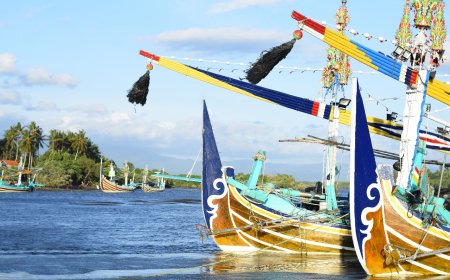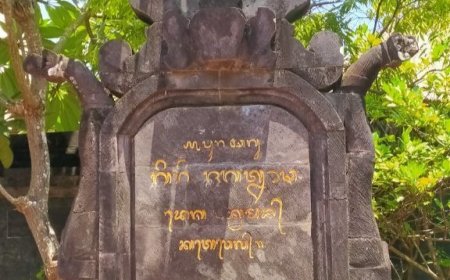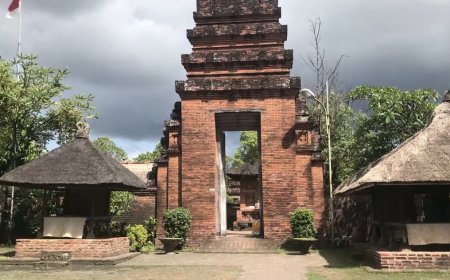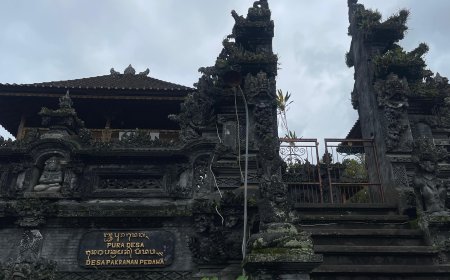Tap Sai Temple: The residence of the Goddesses Saraswati, Sri, and Laksmi as SanghHyang Tri Upa Sadana
Bali, often referred to as the "Island of a Thousand Temples" is indeed a very religious destination full of spiritual elements. Every corner of the island is dotted with diverse Hindu temples, reflecting Bali's rich culture and spirituality. Therefore, it is no surprise that Bali has become a very popular tourist destination. One of the places that has begun to attract the attention of Hindu tourists is the Pajinengan Tap Sai Temple because, the atmosphere is soothing, the statues and worship pools there are decorated with moss and the water is so clear, and this temple is very far from human settlements so it requires patience to get there which requires a struggle so that our goal there becomes more meaningful.
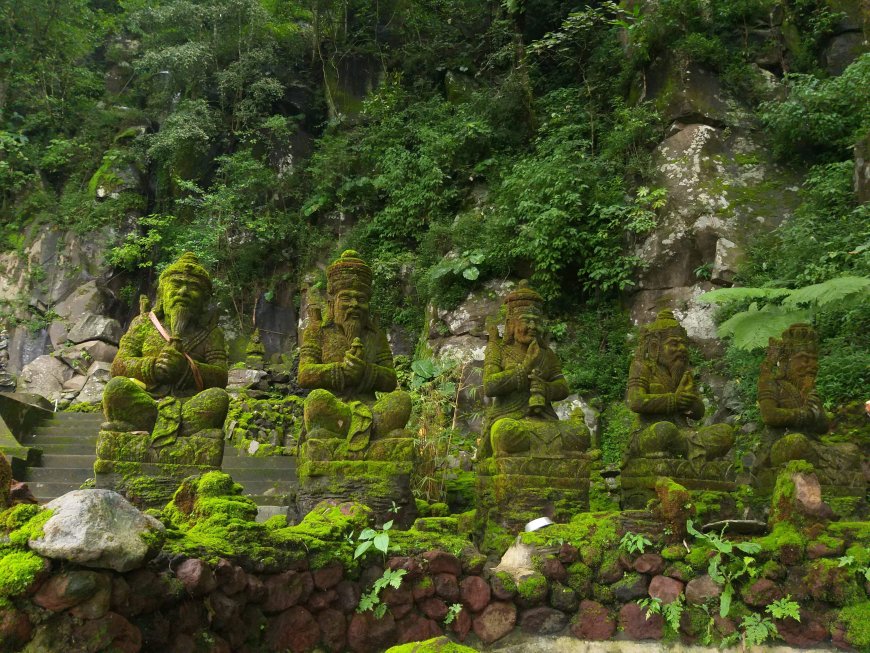
This very unique name is the first impression of people who first hear it, although it seems like a name from China, this has nothing to do with it at all. The meaning of Tap Sai itself comes from the word "metapa sai sai" which means to meditate or meditate every day which is said to be a place to meditate or meditate. The temple is located in Rendang sub-district, Karangasem Regency on the slopes of Mount Agung. There is no exact source of the history of when this temple was founded, but since its discovery in the early 2000s, major religious ceremonies have only begun to be held since 2014 until now which makes this temple known and often visited.
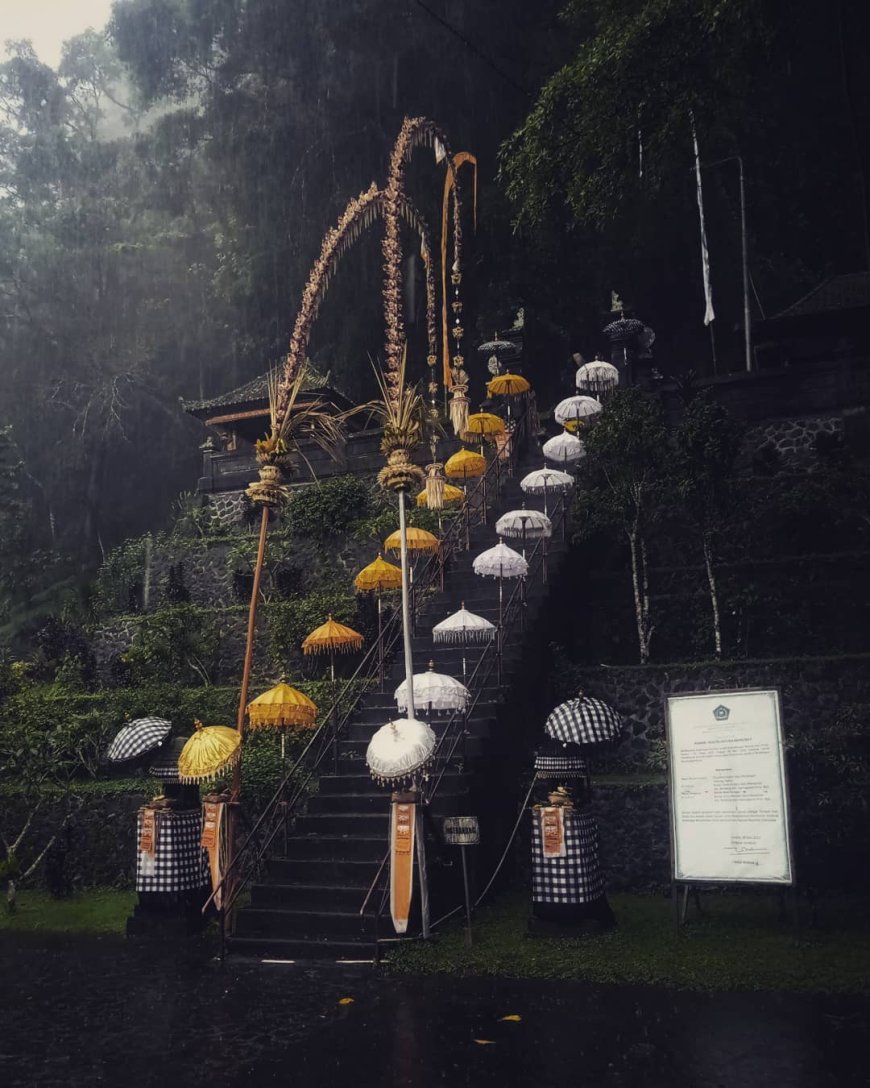
view from Tap Sai Temple (source: personal collection)
This temple is often visited by Balinese people, especially those who have a business because this temple has Tri Upasadana or Ida Bhatara Rambut Sedana which is symbolized by Pis Bolong or holey money, where he is the three Goddesses of Prosperity and Welfare. This is where people ask for instructions for their business that is being undertaken or will be undertaken in order to get smoothness and success. Shang Hyang Tri Upasadana Where the Three Goddesses are, Dewi Saraswati as the goddess of science, Dewi Sri as a source of prosperity, and Dewi Laksmi as a provider of sustenance, wealth, and natural spiritual balance.
In Kanista Mandala there are four palinggih, namely Palinggih Ratu Penyarikan Sakti, palinggih Ratu Gede Mekele Lingsir, palinggih Widyadara-Widyadari, and palinggih Pengayengan Bhatara dalem Ped. Where the most striking Palinggih is Palinggih Ratu Gede Mekele Lingsir where this palinggih is in the form of a large stone with ancient Balinese script (letters). Next, the prayers continued to the Widyadara-widyadari palinggih, and from there to the Pengayengan Ratu Dalem Ped palinggih. The ritual then continues to Pura Beji, where people can perform melukat (washing the body with holy water) using Tirta Bang.
Palinggih Ratu Gede Mekele Lingsir (source: personal collection)
Within the Pajinengan Gunung Tap Sai Temple area, there are three holy water sources, namely Tirta Bang, Tirta Putih, and Tirta Selem. Tirta Bang can be found at Beji Temple, while Tirta Putih still has to be visited by hiking as it has not yet flowed down. Tirta Selem, however, can be found in the center of the temple's main mandala. All of these are part of the important prayer ceremonies at Pura Pajinengan Gunung Tap Sai.
Furthermore, entering the Madya Mandala area where there is a Ganesha palinggih where he is referred to as Sang Hyang Ganapati where he is the Protector and Welfare of all living things, so he is always made statues every time we enter the front door of the Balinese house because he is a protector on a skala and Niskala. What makes this temple area very interesting is the large sacred tree behind the Ganesha palinggih which is believed to be almost 100 years old.
Madya Mandala Area (source: personal collection)
After that we will enter the Main Mandala area, this is where we can see the Tri Upasadana palinggih, where we can see his palinggih there. This is the main area of this temple which is at the top and performs the last prayer process. In addition, there is also a Lingga Yoni where this palinggih is very unique where the palinggih is wrapped around the roots of a large tree where this palinggih is a place to ask for offspring or children which is one of the two goals of people here to be blessed with offspring that have not yet come, where we must offer 11 sticks of incense (which symbolizes the 11 stages of prayer) when making requests. And the last one is continued by praying at the palinggih Ida Betari Ratu Niang Bungkut where the figure of her statue is in the form of a grandmother where we pray for peace of mind and safety like the nature of a grandmother who always loves her grandchildren.
Ida Betari Ratu Niang Bungkut (source: personal collection)
From here we learn that there is an interesting meaning of the many stages in the process of praying at the Pajinengan Tap Sai Temple, namely perseverance and patience and a sincere heart, which makes us indirectly do that which is how we achieve success. So meaningful is this meaning if we realize that teaches us in addition to praying and asking for guidance to the Almighty, we forget to do the struggle and discipline in running something to achieve success.









